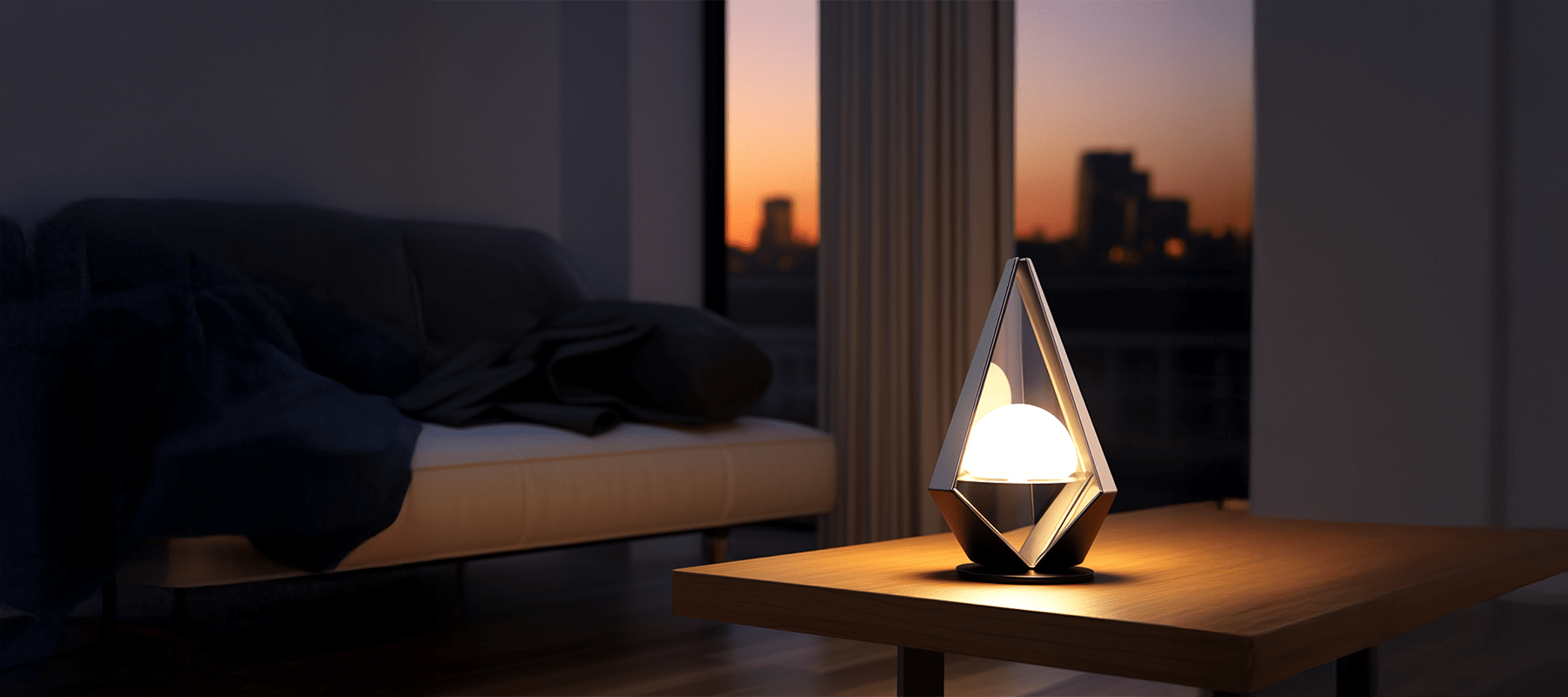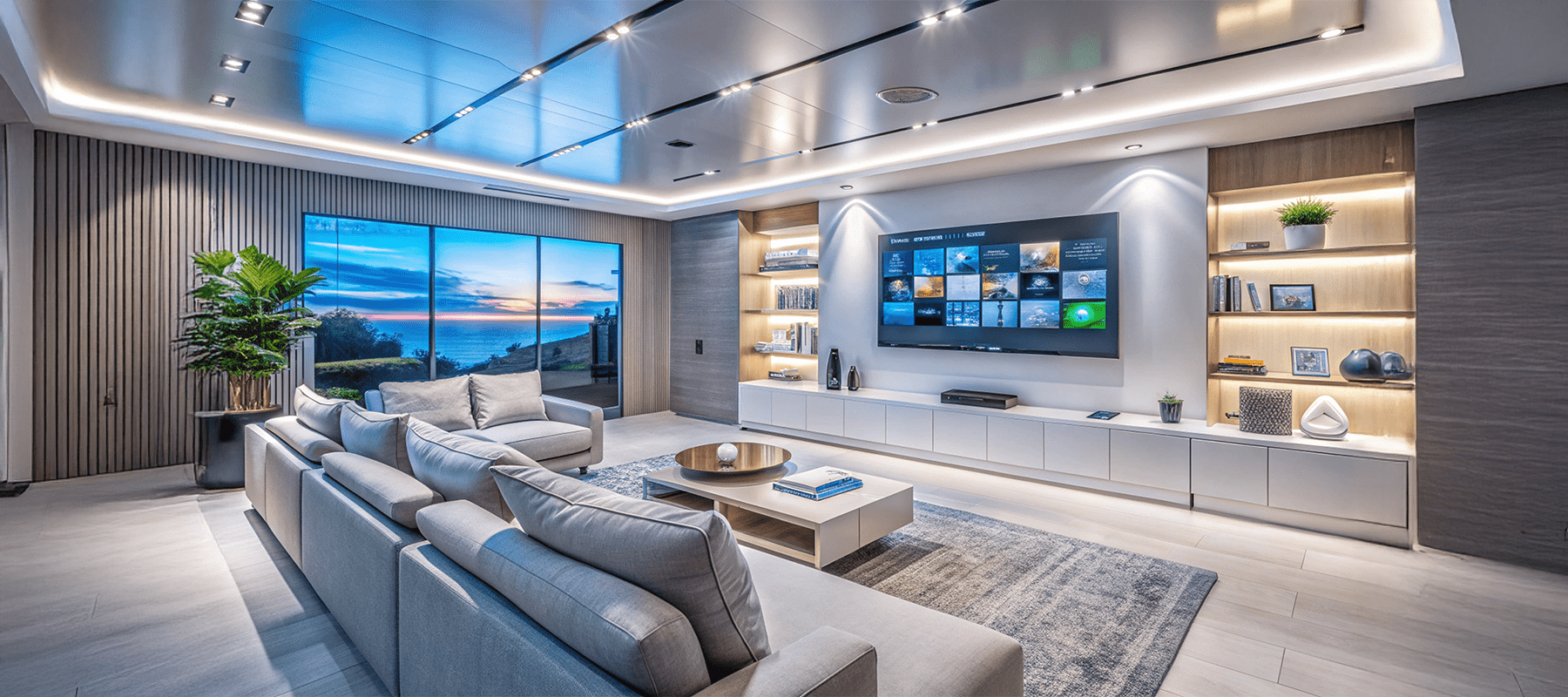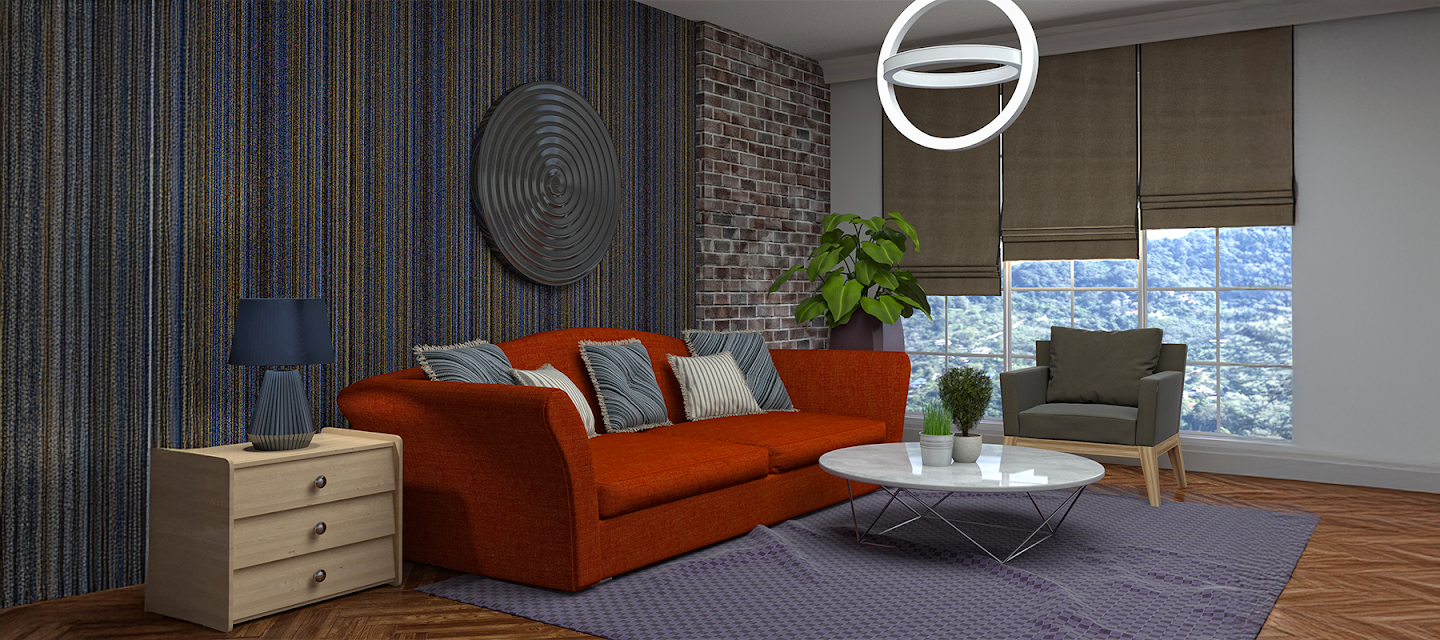Remember Sarah? She had a beautiful, open-concept living room in her suburban Atlanta home, but it always felt… flat. No matter how many lamps she bought, the space lacked warmth and dimension. It was either too bright, too dim, or simply uninviting. This is a common tale, one that I, as an interior designer, encounter frequently. The secret to transforming such a space lies in mastering the art of a layered lighting guide, a sophisticated approach that elegantly combines ambient task accent lighting. A well-executed lighting plan in the living room is not just about illuminating a space; it’s about crafting an atmosphere, highlighting architectural features, and creating functional zones. For Sarah, and for countless others, understanding layered living room lighting was the key to unlocking her home’s true potential. It’s about more than just fixtures; it’s about intentional design.
The Foundation: Ambient Lighting – The Embrace of a Room
Our journey into layered lighting always begins with the ambient layer. Think of it as the gentle hug of your living room, providing a uniform, general illumination that makes the space feel welcoming. For Sarah’s open-concept space, we started with dimmable recessed LED cans, strategically placed to wash the entire area with a soft glow. We often aim for 20-30 lumens per square foot for ambient lighting in a living room, ensuring a comfortable base without harshness.
This is where the overarching living room lighting layout truly takes shape. Consider the overall footprint and how natural light interacts with the space. For Sarah, the ceiling fixtures provided that essential base. We also incorporated a large, elegant chandelier over her main seating area. While it serves as a decorative focal point, its upward-facing bulbs contribute to the ambient light, bouncing illumination off the ceiling for a softer effect. This creates a balanced living room light layers approach.
The Purposeful Glimmer: Task Lighting – Where Life Happens
Once the ambient foundation is set, we move to task lighting – the focused beams that support specific activities. This is where your living room lighting design in the USA truly becomes functional. For Sarah, the primary tasks were reading, working on her laptop on the sofa, and occasional crafting.
Here’s how we approached it:
- Reading Nook: A stylish floor lamp with an adjustable arm and a warm, focused beam (around 450-800 lumens) was placed next to her favorite armchair. This is a classic example of ambient task accent lighting working in tandem.
- Sofa Side Tables: Two table lamps, chosen to complement her decor, provided additional task lighting for general reading or simply holding a conversation with guests. These fixtures were equipped with three-way dimmable bulbs, allowing for flexibility.
- Built-in Shelving: For a touch of hidden functionality, we installed thin, almost invisible LED strip lights under a few of her built-in shelves. These provided discreet task lighting for finding books or showcasing decorative items without being obtrusive. This foresight is what distinguishes thoughtful interior layered lighting.
The Sparkle and Drama: Accent Lighting – The Art of Highlight
Now, for the fun part: accent lighting. This layer adds drama, highlights architectural features, and creates visual interest. It’s the jewelry of your living room lighting scheme, drawing the eye to specific elements and adding depth. For Sarah, we wanted to emphasize her artwork and add a touch of sophistication to her fireplace.
- Artwork Illumination: We installed two adjustable track lights with narrow beam angles, precisely aimed at her favorite large piece of art above the sofa. The light beautifully rendered the colors and textures, making the art truly pop. This is a prime example of how ambient vs task vs accent lighting creates a dynamic interplay.
- Fireplace Glow: To highlight the beautiful stone fireplace, we placed two small uplights on the floor, aimed upwards to graze the textured surface. This created intriguing shadows and brought out the natural beauty of the material, adding a touch of drama to the room.
- Architectural Niches: Small, recessed puck lights were added to illuminate decorative objects within her built-in niches, creating a subtle glow that added depth and visual interest.
The Grand Unveiling: A Harmonious Symphony
The magic truly happened when all these layers came together, each on its own dimmer switch. With the flip of a few controls, Sarah could transform her living room from a brightly lit space for entertaining to a cozy, intimate setting for a quiet evening.

A brief understanding of the Layered Lighting
A comprehensive Layered Lighting Plan for an open-concept living room typical in the USA, emphasizes how different types of light are layered to create depth, visual interest, and functional zones. It is a designer’s blueprint showing the strategic placement and purpose of three distinct light layers: Ambient, Task, and Accent.
1. Ambient Layer (Blue Zone)
This is the foundational layer, providing general, overall illumination (the “embrace” of the room).
- Fixtures: Primarily represented by Recessed LED Track Lights (choice-ably appears as small blue circles near the perimeter) and a central Decorative Chandelier (a starburst shape, as per preference).
- Purpose: To give the room a comfortable, uniform base level of light.
- Specifications: Suggested lumen levels are 20-30 lm/sq ft, and crucial for mood-setting, all fixtures in this layer are dimmable.
- Coverage: This layer covers the entire main seating and fireplace area.
2. Task Layer (Green Zone)
This layer provides focused, brighter light for specific activities or “tasks” within the room.
- Fixtures: Includes a Floor Reading Lamp (labeled T. R&B. Lamps) placed next to an armchair, and potentially additional floor or table lamps placed near the sofa.
- Purpose: To enable activities like reading, working, or crafting without eye strain.
- Specifications: These fixtures typically have a higher lumen output, suggested here as 450-800 lm, and are also dimmable for flexibility.
- Placement: Placed directly where functional light is needed, such as next to seating areas.
3. Accent Layer (Red Zone)
This layer is the “jewelry” of the room, used to highlight specific architectural features, artwork, or decorative objects, adding drama and depth.
- Fixtures: Represented by dedicated Recessed Track Lights (aimed at the artwork above the sofa) and Puck Lights (often used in niches or to graze a surface like the fireplace).
- Purpose: To draw the eye to focal points and create shadows and highlights, giving the room a multidimensional feel. This is often referred to as adding Front, Middle, and Back Lighting Layers to create depth perception.
- Control: The diagram indicates a clear separation of circuits with separate Dimmer Switches (A, B, C), ensuring the Ambient, Task, and Accent layers can be controlled independently.
This comprehensive layered lighting guide demonstrates how a balanced approach to ambient task accent lighting can transform any living room. It’s about creating a narrative with light, guiding the eye, and setting the perfect mood for every occasion. Sarah’s formerly flat living room now feels multidimensional, inviting, and perfectly tailored to her lifestyle, all thanks to a well-thought-out lighting plan in the living room.
Conclusion: The Power of Layering
The diagram vividly demonstrates that effective living room lighting design in the USA is not achieved by a single overhead fixture, but by combining and controlling three distinct layers: Ambient for general atmosphere, Task for function, and Accent for visual drama. By placing all three layers on separate, dimmable controls, the homeowner can instantly transform the living room lighting layout to suit any mood—from bright and functional for cleaning or entertaining, to cozy and intimate for watching a movie or quiet reading. This layered lighting guide is the fundamental technique designers use to make a living space feel rich, inviting, and truly well-designed.

I’m a passionate DIY decor specialist with a deep love for transforming spaces into personalized havens. With years of experience in crafting unique home decor, I thrive on creating stylish and budget-friendly solutions that reflect individual tastes.









